Fire and Rescue Service Wildfire Operational Guidance
This guidance has been produced to give fire and rescue service personnel an additional understanding and awareness of the phenomenon of wildfire. It examines the hazards, risks and controls relating to Fire and Rescue Service personnel, the personnel of other agencies and members of the public at Incidents of wildfire. It also provides a point of reference for those who may be called upon to plan for wildfire events and for those incident commanders and personnel responding to such incidents.
8B9 Aerial Suppression Tactics
Introduction
8B9.01 One example of the distinct difference between the UK approach to wildfire suppression and those adopted by many overseas agencies is in the use, and availability, of tactical aerial support and using this as a primary response, control and suppression method.
8B9.02 Many international wildfire agencies and FRSs are provided with substantial aerial support. These aircraft are specifically designed for wildfire firefighting and, almost without exception, are flown by trained and very experienced pilots familiar with the aerial techniques involved in wildfire suppression. The aerial units available include helicopters, fixed-wing aircraft, and unmanned drones.
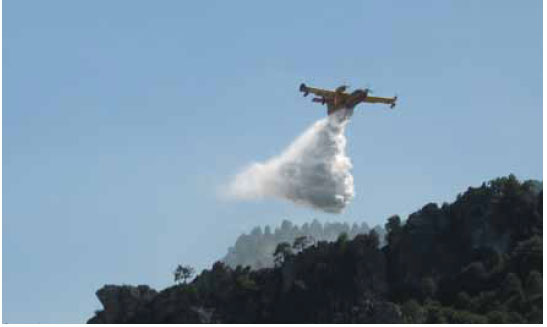
Photo B9.1 Air operations in Catalonia, Spain
8B9.03 These aerial assets operate within strict guidelines and procedures that ensure that the aircraft and ground units are able to fully combine and complement each other's efforts and work effectively in unison.
P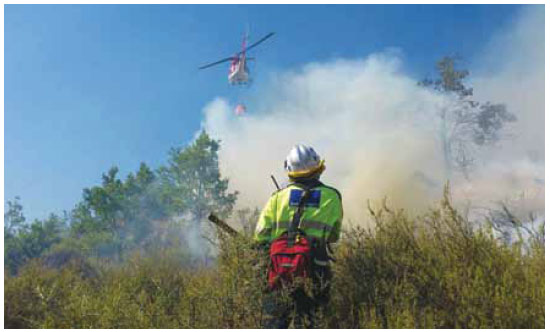
UK Aerial Provision
8B9.04 In contrast to the international capability, with very few exceptions, UK FRSs are unable to rely on any aerial support. Those capabilities which do exist are available through local arrangements which are in the main provided by companies whose primary commercial interests are not related to firefighting.
8B9.05 This can present a number of challenges at a wildfire incident as these aircraft are not specifically designed for wildfire suppression operations and may have limited firefighting capability; they are often unavailable due to other commercial commitments and in some cases they may be flown by pilots that have little understanding of wildfire suppression methods.
The Use of Aircraft
8B9.06 The lack of aerial provision is further compounded by the fact that many FRSs also have a limited awareness of aerial firefighting tactics, and a lack of understanding and experience of how to best utilise aircraft at a wildfire. At many wildfire incidents aircraft can provide essential tactical support to ground teams, improving their effectiveness and safety. If used effectively they can shorten the duration of an incident and reduce its size; therefore, the deployment of aircraft at a wildfire can bring significant efficiencies.
8B9.07 These benefits can only be realised if aircraft are deployed at the appropriate time and in such a way that they are able to have the maximum impact on a fire. FRS officers who request aerial support should ensure that the request, and deployment, is made as part of a plan and not in reaction to a loss of control.
8B9.08 Normally, the attendance of aircraft is only requested as a result of one or more of the following situations:
- Fire spread has become extensive.
- Parts of a fire are demonstrating fire behaviour that is beyond the control of ground operations.
- The amount of resource committed to an incident is having an impact on the resilience of a service.
- The ground resources are unable to gain, or have lost control of, the fire or parts of it.
Timely Deployment
8B9.09 The attendance of aircraft, weighed against the cost and the potential benefit, is a consideration that should be made at the onset of an incident. At many wildfires the early deployment of aerial resources will prevent a small fire from developing into a more major and costly incident. Aircraft can perform an important part in a safe, effective and efficient operational plan that can significantly reduce FRS resource commitment.
8B9.10 The early deployment of an aircraft, especially during the initial stages of an operation, may prevent a fire from reaching its full potential.
Preparedness
8B9.11 As there is lack of aerial resource, it is of the utmost importance that those available are utilised to their full potential. It is recommended that FRSs establish what aerial assets, if any, are available within their local areas and also develop an understanding of how to best utilise the resources available.
8B9.12 Through their local pre-planning FRSs should also be fully aware of the capabilities of the aircraft available, i.e. whether they can effectively perform firefighting operations or will be restricted to transportation of water, equipment and personnel or use as an aerial observation platform.
8B9.13 Through liaison with aircraft providers, FRSs should determine the relevant competency of the pilots to undertake wildfire firefighting operations. These should have an awareness of FRS tactics and ICS. Interoperability can be improved through co-operative training and joint multi-agency exercises.
Aircraft Supervision
8B9.14 Operationally, the request for aerial support at a wildfire will be made by the Incident Commander. To ensure that appropriate control and management of deploying aircraft can be provided, it is recommended that procedures have already been established to oversee the activities of any aircraft responding to the incident.
8B9.15 Aerial asset co-ordination and management must remain within the FRS ICS. This helps to ensure that the tactical support provided by aircraft meets the requirements of the operational plan. FRSs must ensure that when these resources are deployed at a wildfire that appropriate personnel are appointed to supervise all aerial activities. If military air assets are used, then dedicated personnel from the relevant service should be requested to provide air asset co-ordination and liaison with FRS personnel.
Support from Ground Crews
8B9.16 When it is safe to do so, aircraft missions must be co-ordinated with, and supported by, ground units; if aircraft work independently they may prove to be ineffective.
Aircraft Providers
8B9.17 Companies that have a commercial interest in providing aerial support to FRSs, should ensure that the aircraft and the equipment provided are fit for purpose, can contribute to the successful response and suppression of a wildfire incident and that their pilots understand wildfire phenomenon and are trained to appropriate standards.
8B9.18 This will assist to ensure that FRSs utilising commercial aircraft are provided with confidence that the use of air assets will be compatible with their H&S procedures, the aircraft will provide value and there is an increase in the potential use of aircraft at wildfire incidents.
It is suggested that training for pilots should include:
- A comprehensive understanding of wildfire behaviour
- Wildfire ground suppression tactics
- Wildfire aerial suppression tactics
- Ground and air co-ordination
- Wildfire terminology
- FRS incident command system
Tactical Roles
8B9.19 Aircraft can perform a number of tactical support roles at a wildfire incident which include:
- Direct Aerial Attack - which involves dropping water or fire retardants onto burning areas of the fire.
- Indirect Aerial Attack - which involves the dropping of water or fire retardants to form control lines or to strengthen existing control lines.
- Airlifting water to, and around, the incident ground.
- Airlifting personnel and equipment to, and around, the incident ground.
- Aerial reconnaissance and intelligence gathering.
8B9.20 It is crucial that FRS officers request the attendance of aircraft that have the capability to perform the purpose for which they are intended.
Limitations to Aerial Operations
8B9.21 There are a number of factors that will limit the effectiveness of aircraft at wildfire incidents, or present significant flight hazards. These can include:
- The terrain, particularly steep slopes or mountainous areas where low-flying operations become more complex and hazardous.
- Man-made structures such as power lines or communication masts.
- Prevailing weather conditions such as high winds making aerial water drops inaccurate and flying conditions dangerous.
- The inability of most aircraft to fly at night resulting in aerial operations being suspended during the hours of darkness.
- Inability of water drops to penetrate through vegetation and onto a fire; for instance if a fire is burning in surface fuels beneath a dense tree canopy, water drops may have little effect.
- The turnaround time between water drops and refills may take too long.
- Dense smoke or extreme fire behaviour.
- Lack of ground support.
- Aircraft being tasked with inappropriate missions.
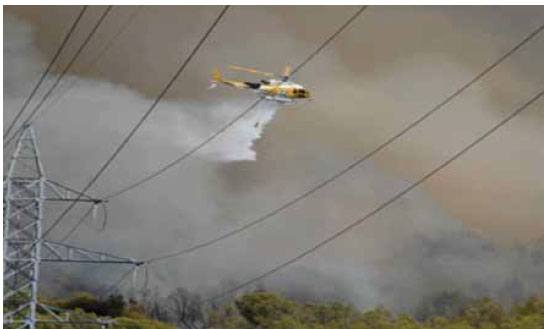
Photo B9.3 Overhead powerlines are a significant risk to aircraft
Aircraft and their Roles
8B9.22 There are a number of different aircraft that can be used at a wildfire and these include both fixed and rotary-wing aircraft. The number of fixed-wing aircraft able to deliver water or retardants directly onto a fire is extremely limited within the UK and it is unlikely that the position will alter for the foreseeable future.
Therefore, the aerial guidance within this chapter concentrates on rotary-wing aircraft.
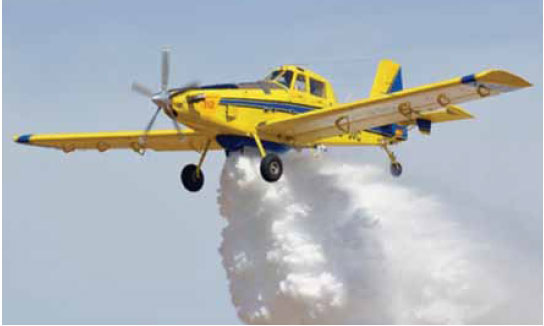
Photo B9.4 There are limited fixed-wing aircraft with water drop capability
8B9.23 The most common aerial platform used in the UK is the helicopter. These can carry an under-slung water container commonly known as a 'bambi-bucket'. These specialised containers have a release valve on the bottom which is controlled by the helicopter crew to allow accurate delivery of the water onto the target area. The bambi buckets can be filled from water hydrants, fire appliances or open water supplies.
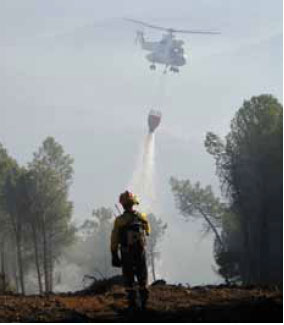
Photo B9.5 A water drop using a bambi bucket
8B9.24 Another, but less common system used to carry water, is by helitanks. These are attached to the fuselage, or form an integral part of the aircraft. These can be refilled from pressurised or open water supplies.
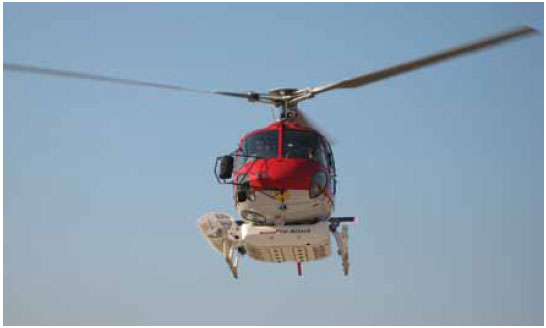
Photo B9.6 A helicopter fitted with water helitanks
8B9.25 Helicopters can perform a number of useful roles on the fire ground and are much more versatile than fixed-wing aircraft.
8B9.26 As well as being able to make water or retardant drops, they can be used to transport personnel and equipment to, and around, the fire ground; be used as an observation platform; or simply supply water to ground units. Therefore, even if aircraft are not required to attack the fire, they can provide invaluable support at the incident.
The use of Aircraft as an Observation Platform
8B9.27 At a large spatial incident, it is very often difficult to gather intelligence in sufficient detail to permit a complete and accurate assessment of the situation. One of the most useful ways aircraft can be used at a wildfire incident is to provide a means to quickly obtain an understanding of what is happening on the fire ground.
8B9.28 By observing the fire and the landscape from above, invaluable intelligence can be obtained which will assist in formulating an effective incident plan. This can include evidence regarding, extent and rate of fire spread, fire behaviour, fuel arrangement, features of terrain, critical points, fuel breaks, existing features that will prevent fire spread, open water supplies, access and egress points, roads and tracks, infrastructure including power lines and communication masts, habitation sites. To obtain most benefit, aerial reconnaissance should be carried out by a wildfire officer or specialist.
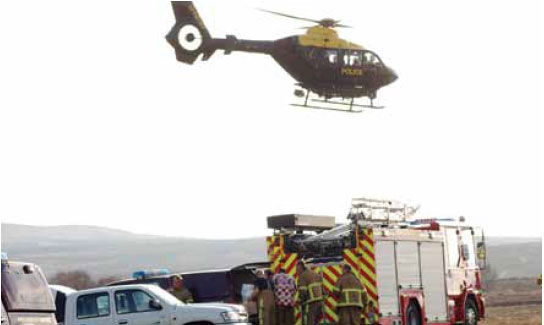
Photo B9.7 Police helicopter in use as an observation platform
Aerial Supervision
8B9.29 Aerial supervision is best achieved by forming an Aerial Support Sector within the command structure. An Aerial Sector Commander (ASC) should be appointed to co-ordinate the aerial operations, and make the necessary arrangements for ground support to be provided to the aircraft.
8B9.30 Essential to the success of the Aerial Support Sector is the provision of robust and effective communications between the aircraft and the Aerial Sector Commander and other relevant personnel, including military liaison personnel who may be in attendance.
The Aerial Sector Command Responsibilities
8B9.31 These may include:
- Establish Aerial Support Sector.
- Establishing ground-to-air communication with aircraft.
- Providing appropriate logistical ground support including, landing area, fuel, water supplies etc.
- Evaluating hazards posed to the aircraft safety including ground features, power lines, communication masts etc.
- Prioritise actions and assign aircraft tasks to meet the requirement of the incident plan.
- Provide tactical and operational ground support.
- Monitor the effectiveness of aerial operations.
These arrangements will ensure that aircraft are used effectively and will maintain interoperability between ground and air units.
Establishing a Landing Area
8B9.32 If aircraft are to be deployed it is useful to establish a landing area before their arrival; its location should be one that provides the aircraft with a safe and convenient base from which aerial support activities can easily be provided.
8B9.33 If military aircraft are being used, the responsibility for establishing an appropriate landing zone will be the responsibility of the military liaison officer.
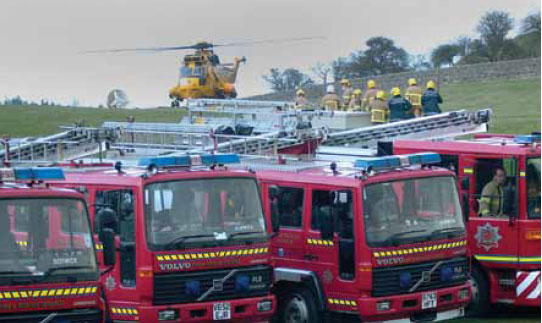
Photo B9.8 Aircraft Landing area close to FRS resources
Considerations when setting up a landing area may include:
- The site must be large enough to accommodate all the aircraft that may have to use it.
- Cones and tape should not be used to cordon off the area.
- It should be on level ground that is dry and firm.
- The surface should be compact, sandy and gritty soil types should be avoided.
- Whenever possible, the approach to the landing site should be free of flight hazards such as high vegetation or man-made structures.
- Helicopters prefer to land into the wind.
- The landing area should be approximately 50 metres in diameter, if more than one aircraft is in use the landing area may have to be enlarged.
- All debris should be cleared from the surrounding area.
- Vehicles should be parked outside the landing site.
- Where possible, the site should be located near to a road or track, this will ensure that supplies of fuel and other essentials can be provided.
- Firefighting equipment should be made ready but should be kept outside of the landing area.
- Where possible, the landing area should be close to a water supply that can be used to re-supply the aircraft's firefighting systems.
- The location of the landing site should be given to pilots in the form of a grid reference.
Tactical Ground Support
8B9.34 The success of aerial firefighting operations depends largely on support being provided on the ground. It is of the utmost importance that aerial and ground tactics remain co-ordinated and a constant update of information should be provided between the aircraft, the ASC and the Incident Commander. An effective communication system between ground and aerial units must be established allowing ground units to be pre-warned about the intended locations of any aerial drops.
Aerial Water or Retardant Attacks
8B9.35 When an aircraft drops water onto a fire it will normally significantly reduce the amount of burning material and inhibit fire intensity; rarely though will a water drop completely extinguish a fire. On some occasions the impact of the water will spread burning embers over a wider area, creating the possibility of secondary fire ignitions. To ensure the success of the aerial operations it is necessary for ground and aerial units to work in unison.
8B9.36 Following an aerial attack, and when safe to do so, ground teams positioned near to the drop location should quickly secure the area, extinguishing any pockets of fire, hot spots or secondary ignitions.
Monitoring Aerial Water Attacks
8B9.37 The effectiveness of any water drop may not be apparent from the air, therefore intelligence provided by personnel positioned on the ground may be crucial to the success of any water drops. Aerial attacks should be monitored by an observer and the success of these operations should be communicated to the pilot and the Aerial Sector Commander. This will allow the pilot to make adjustments to the positioning of the aircraft during subsequent runs. At some incidents, and where resources allow, it may be beneficial to observe the aerial operations from the air, in such situations both ground-to-air, and air-to-air communications must be established.
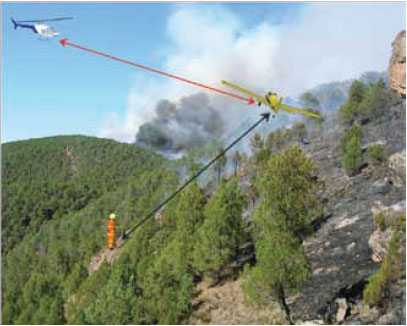
Photo B9.9 Effective communication between aerial to aerial and aerial to ground units are essential
Effective Water or Retardant Drops
8B9.38 The accuracy of drops made on a fire depends on a number of factors; wind speed, convection, altitude, air speed, and smoke can all lead to inaccuracies. Adjustments can be made quickly if the aerial observer communicates the necessary information. A successful drop should hit the target area and interlink with the previous drop.
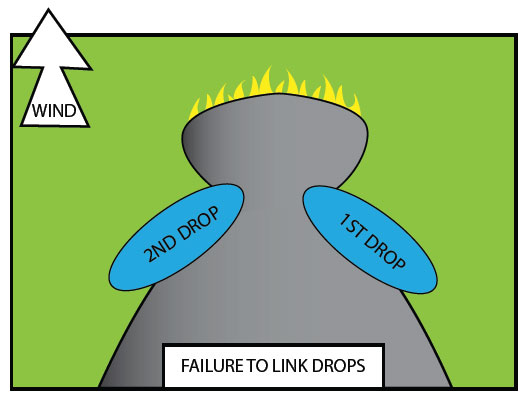
Fig. B9.1 The illustration showing the serious consequences of failing to link water or retardant drops
8B9.39 Ideally, a drop should be made so that a third of it falls onto the fire and into the black area, and the remainder is dispersed onto the unburnt vegetation outside the fire perimeter.
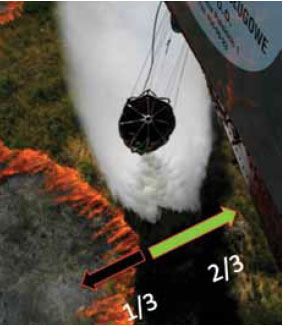
Photo B9.10 An ideal water drop
8B9.40 The density of a drop can be manipulated by adjusting the height or speed at which the water is dropped; this requires considerable piloting skills. In addition, the type of aircraft and the firefighting equipment carried may also affect the density or shape of a water drop. For example, a helicopter that is fitted with integral water tanks may be able to disperse water over a much wider area than water dropped from a bambi-bucket.
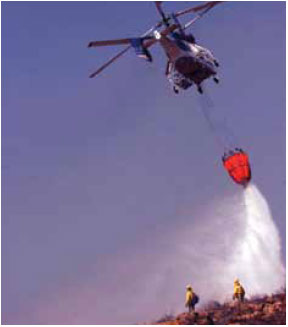
Photo B9.11 A drop from a bambi-bucket
8B9.41 Photo B9.11 shows a water drop released from a bambi bucket onto coarse fuels. This drop is more concentrated and although it will cover less surface area it will penetrate further into the vegetation.
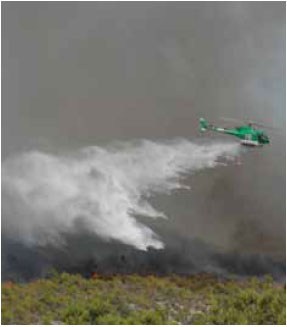
Photo B9.12 A wide drop made from fixed water tanks
8B9.42 Photos B9.12 and B9.13 show a drop from helicopters with fixed water tanks. The height and speed at which the water has been released results in it being dispersed over a fairly wide area. This type of drop lacks penetration and is therefore more suitable when applied onto finer surface fuels such as grass or heather.
8B9.43 Some aircraft can partially drop their water supply, while others have to discharge all of the water in one application. It is therefore important that any ground teams or supervising officers communicating with the aircraft have an understanding of the drop capabilities of aircraft being used at an incident.
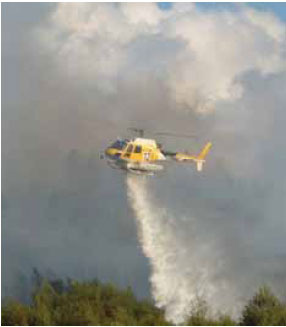
Photo B9.13 A dense drop made from a bambi-bucket
Communicating with Aircraft
8B9.44 Effective communication with airborne units from the ground is not difficult if aircrew have an understanding of wildfire and its terminology. FRSs should ensure that the appropriate Airwave or Radio channels to be used in ground-to-air communications are identified through local pre-planning and are established and maintained during all aerial operations.
8B9.45 Locations on the ground can be identified through the use of normal wildfire terms such as 'head', 'right or left flank' or 'tail'. Further clarification can be provided by using grid references and by using the 'o'clock' method.
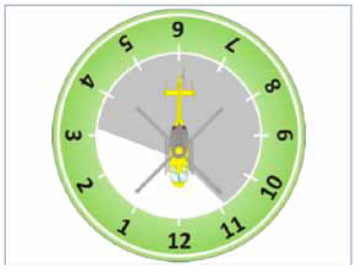
Fig. B9.2 Safe approach to a helicopter under the direction of the aircrew
8B9.46 This method enables the ground and aircrew to exchange information using the aircraft's facing position referred to as '12 o'clock', as a point of reference.
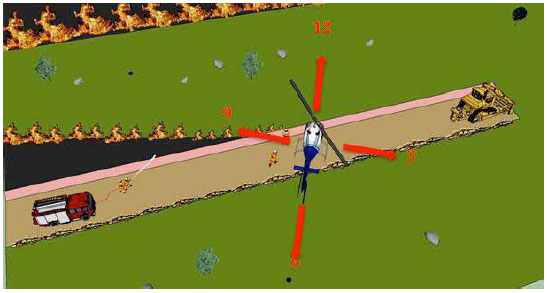
Fig. B9.3 Showing the position of resources in relation to the clock face
8B9.47 Using this method the appliance in the illustration is positioned at 8 o'clock and the bulldozer is at 2 o'clock.
Aerial Tactics
8B9.48 Similar to ground units, aircraft can attack a fire using a number of techniques:
Direct Attack - Using this method the aircraft discharges water onto the fires edge, or on other burning parts of the fire. This includes any attack made on spot fires or other secondary ignitions.
Indirect Attack - This involves drops being made into vegetation to create control lines, or to strengthen existing control lines by discharging water along their edge.
Aerial Suppression Tactics
8B9.49 The tactics used by aircraft are in many ways similar to those employed by ground teams.
8B9.50 Aerial attacks should be started from a strong anchor point, with hand tool crews or mechanised units on the ground preparing these where necessary. The aircraft should usually start their attack from behind and work along the flanks towards the head of the fire. It is important that, whenever achievable, ground support is provided so that following each drop, any remaining burning material or hot spots can be extinguished.
8B9.51 It is important that all of the water drops that are delivered interlink; in this way a complete barrier is formed along the fire's edge. Advantage should always be taken of changes to fire alignments, topography and fuel so that the attack is made in areas where it is more likely to prove to be successful.
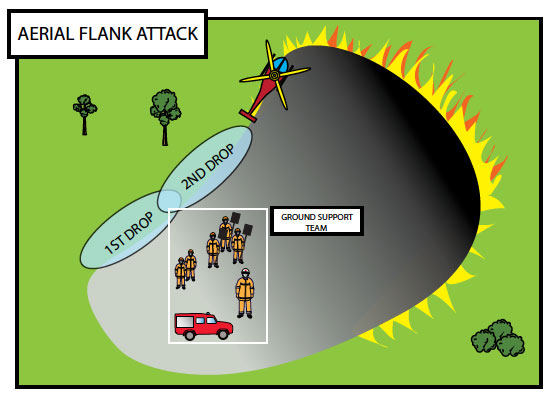
Fig. B9.4 An aerial attack on the left flank of a fire being supported by a ground team equipped with hand tools and which has water attack capability
Direct Aerial Head Attack
8B9.52 An attack on a head fire is normally made when fire intensity is too high for ground units to gain control of it, or to slow the progress of a fast-moving fire.
8B9.53 The attack should usually only be made when the flanks of the fire have been extinguished, as attacking the head fire before the flanks have been brought under control is not normally good practice as the water drops will not be securely anchored. Fig. B9.5 shows a 'V' head attack, this is where a drop is made along one section of the fire and then a subsequent attack is made on the remaining part.
8B9.54 This method is best achieved by two aircraft making drops in quick succession. If there is a delay in making the second drop the fire may re-establish its momentum and regain its previous intensity.
8B9.55 Once the attack has been made, supporting ground units should extinguish any remaining fire as quickly as possible and secure the line.
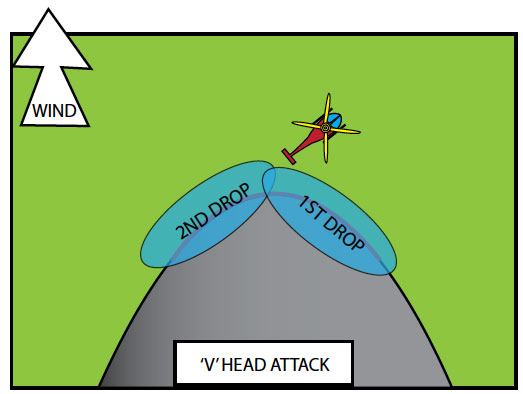
Fig. B9.5 'V' attack against the head
Combined Aerial and Ground Operations
8B9.56 At most wildfires where aircraft are used, both aerial and ground operations will be taking place simultaneously. It is vitally important that the ground and aerial operations are co-ordinated.
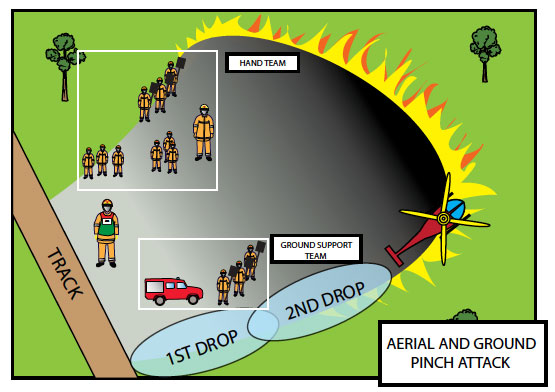
Fig. B9.6 Combined operations
8B9.57 Fig. B9.6 shows a pinch attack on a fire, the left flank is being extinguished by a hand team, while the right flank is being suppressed by an aerial attack which is being supported by a ground team.
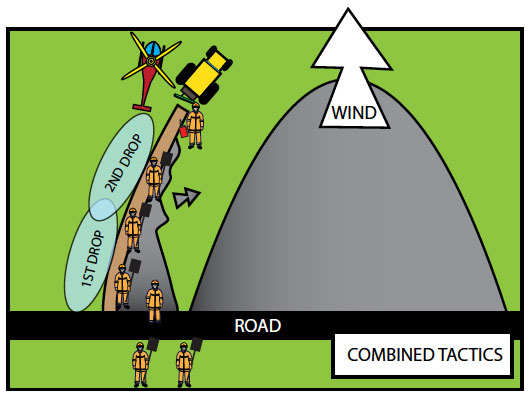
Fig. B9.7 Aerial support to ground operations
8B9.58 Fig. B9.7 shows a more complex operation, combining the activities of ground and aerial resources in order to achieve a common objective. A parallel attack against the left flank of a wildfire is in progress. A mechanically constructed control line is being built and, to allow burn-out operations to be carried out safely, it is being strengthened by water drops along its edge. A burn team is then able to burn out the vegetation between the control line and the wildfire.
Indirect Aerial Attack
8B9.59 Water, or retardant drops, can also be used to create control lines that can be used to prevent fire spread. The example used in Fig B9.8 shows a hook attack, this should be started from a strong anchor point; drops are then made along the flank and around the head of the fire. It is important to start these far enough from the fire's edge to allow the wet line to be completed before the fire reaches it. To ensure that the fire is secured all the drops must be interlinked.
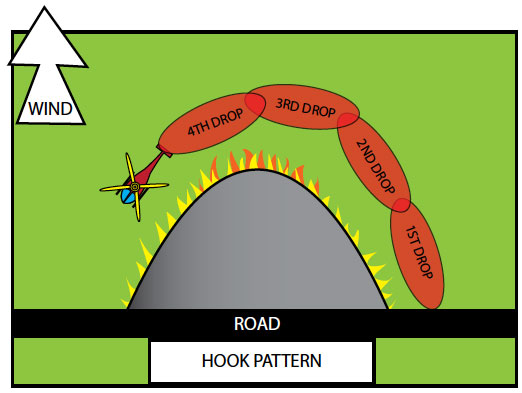
Fig. B9.8 Water drops using a hook pattern
Indirect Aerial Attack Against the Head
8B9.60 Fig. B9.9 shows a retardant line being constructed by a sequence of water drops, this tactic might be used to prevent or slow fire spread into heavier fuels. The success of this type of operation will normally depend on how quickly the line can be anchored by ground teams.
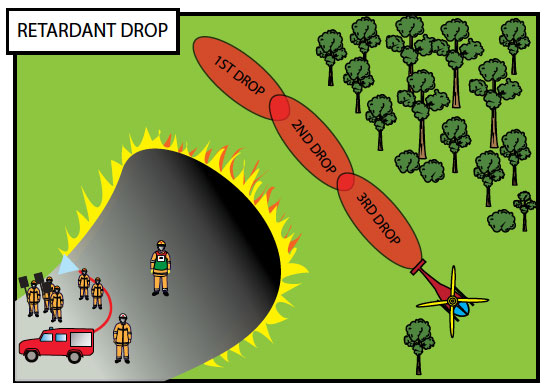
Fig. B9.9 Indirect attack preventing the head from moving into different fuel types
8B9.61 A fire that is demonstrating spotting behaviour, can pose a significant challenge to firefighters. Spots can 'jump' control lines or can accelerate fire spread. One method that can be used to control this type of behaviour is shown in Fig. B9.10. It shows two separate fire retardant lines, one is formed in front of the head fire while the second is placed behind and parallel to the first. The spacing between the two lines will depend on the distance the fire is spotting. The first line is intended to hold the main fire; the second will prevent fire spread caused by the spot fires that jump the first line. Again the success of such an operation will depend on rapid intervention by supporting ground teams.
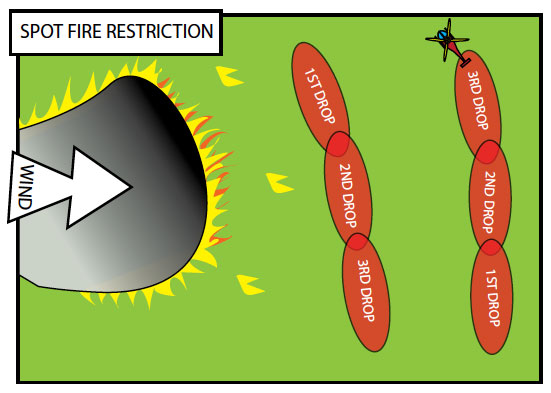
Fig. B9.10 Double wet line to prevent fire spread through spotting
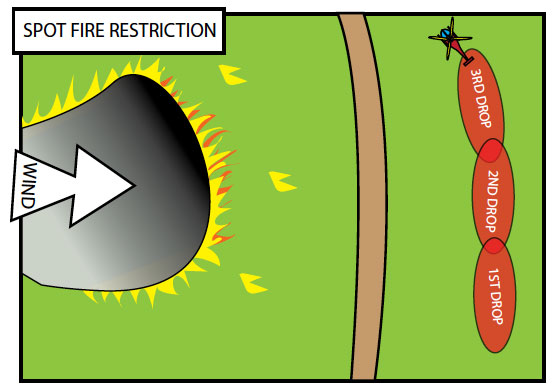
Fig. B9.11 Illustration showing the same tactic used to defend a control line
8B9.62 The successful use of aircraft at wildfire incidents depends on how well it is incorporated into FRS management and incident control systems. It is imperative that aircraft are allocated tasks that are within its operational capacity and that it is provided with tactical, logistical and ground support.
8B9 Key Considerations
- The use of aircraft at wildfire incidents should be pre-planned, exercised and governed by local FRS SOPs.
- An aerial sector within the ICS should be used to manage aerial involvement.
- Base all aerial suppression tactics on expected rather than current fire behaviour.
- Consideration should be given to the early use of aerial tactical support.
- Ground teams should be used to support aerial attacks.
- Aerial firefighting operations should always begin from a strong anchor point.
- It is important to establish the tactical limitations of the aircraft and/or pilot.
- Communication with the pilot must be established and maintained throughout the incident. Radio communication channels and air management procedures to be adopted should form part of the pre-planning for wildfire incidents.
- Personnel responsible for the supervision and monitoring of aerial activity must ensure regular liaison with the incident command team.
- Aircraft can be used for both direct and indirect firefighting tactics.
- A suitable landing area should be established from where the aircraft can be re-supplied with fuel, firefighting media and other essentials.
Contact
Email: Dean Cowper
There is a problem
Thanks for your feedback